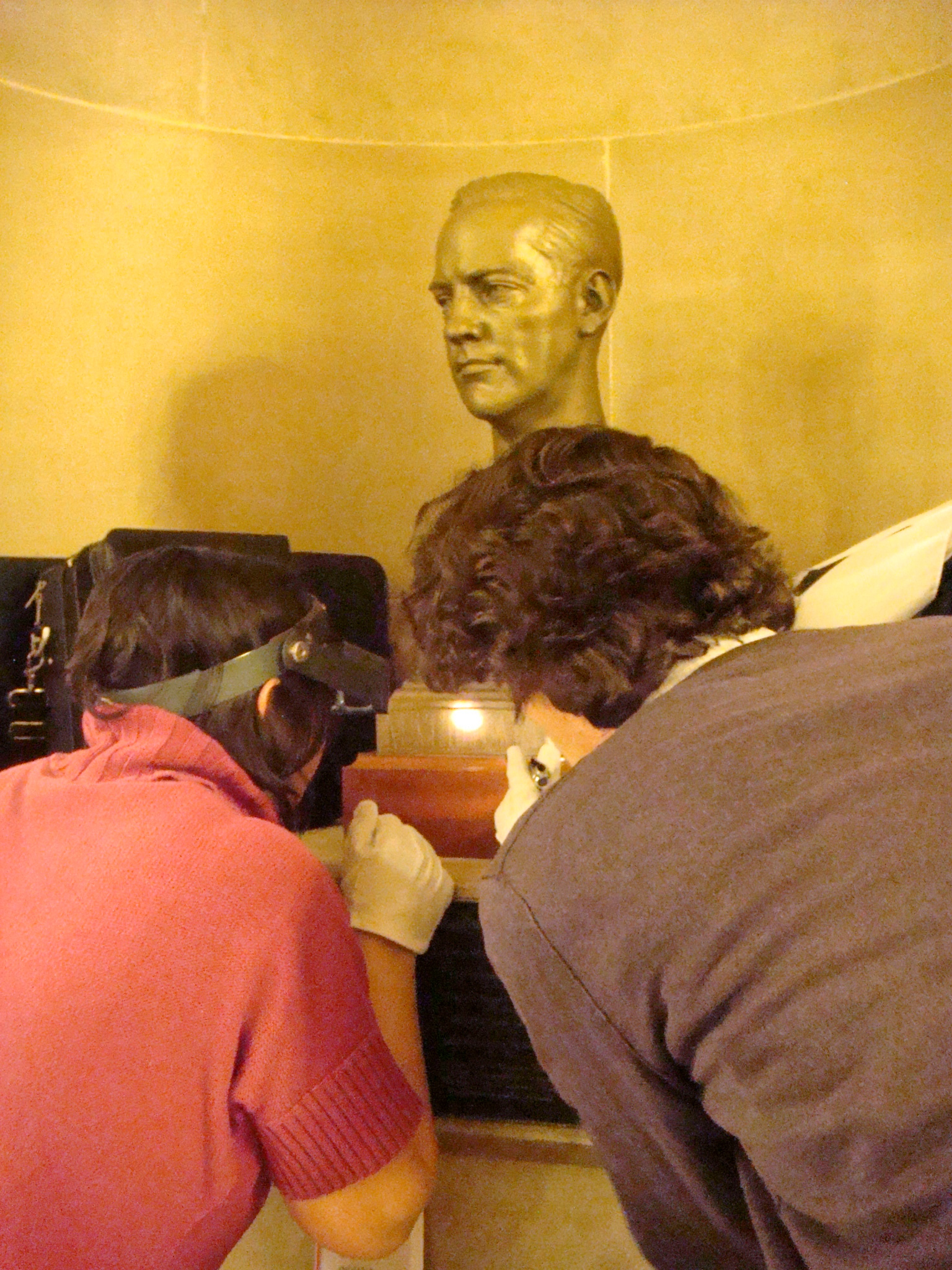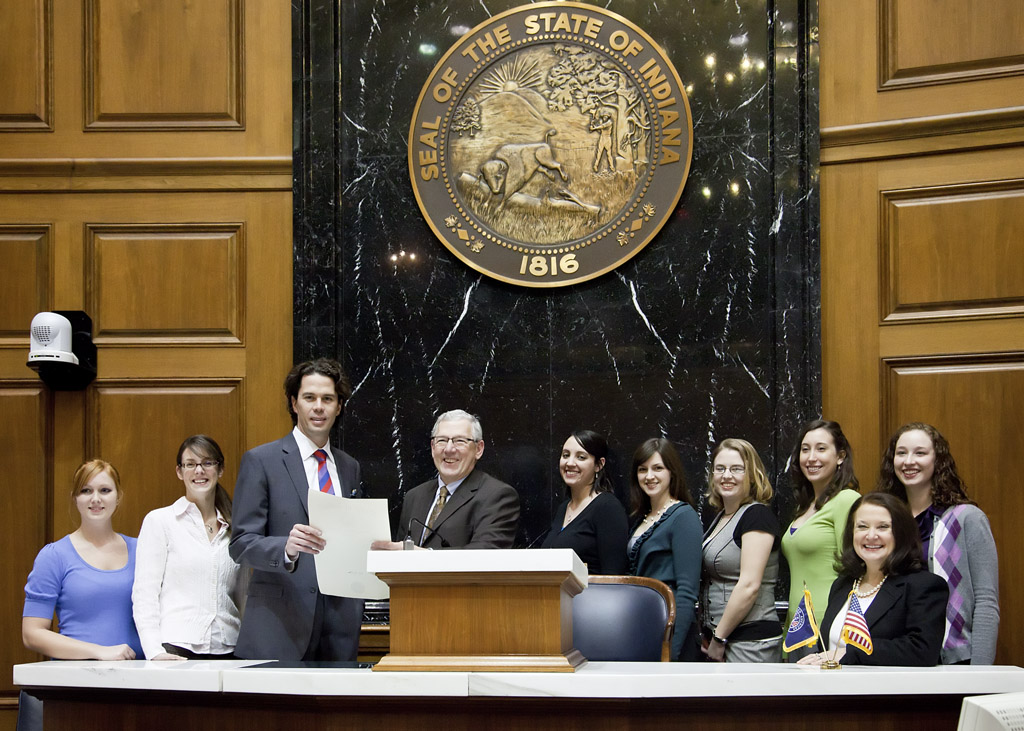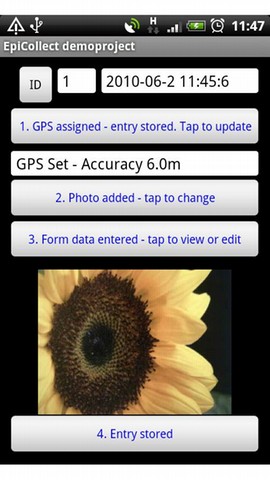Welcome to the seventh installment of the Social Media Spotlight, our monthly feature focusing on arts organizations’ social media strategies.

So having some tie to location seemed like a good idea. If you think about the way that media works on the internet and has worked historically, you’ve got three major things: you’ve got content, you’ve got connectivity, and now suddenly you have context.
So content we know, content is the things we make and connectivity is a massive part of our lives now, whether that be through Twitter or Facebook or anything else. But context is brand new, because context not only means what content you’re consuming and how you are consuming it, but where you are when you consume it. Then it seemed to make sense, because good stories are married inherently to place and always have been. Whether you look in religion where you have holy spaces and the idea of a trace that was left behind by someone that was once there or an experience that once happened in a certain location.
It made sense, then, to have stories that were indexed by place and once we had that, we had the foundation for what became Broadcastr. Which is a simple way for anyone to record a story and pin it to a location, so that anyone in the world can hear that story, understand that place, and have a deeper and more meaningful connection with another person.
I
I
I
So how does Broadcastr tie a story to a location? Do I need to be on a mobile phone in order for my audio to be pinned to that location?
Broadcastr is a way for anyone to tell their story, on any platform, web, android and iPhone, and then index it by location and category. You don’t have to be in a specific location in order to do that. So whether you tell your story into your phone or into your computer’s on-board microphone, you can place that story where it’s referencing in the world.
So for instance, if I told the story about going and getting my MFA in Brooklyn and studying with Michael Cunningham and that’s where I met Andy (Co-Founder of Broadcastr), I can then tell that story on any platform and actually pin it to Flatbush Avenue at Brooklyn College. It doesn’t have to be pinned at that exact moment.

So we teamed up with them in order to take the aural remembrances from cops, fire fighters, and families of victims, first responders and residents of downtown Manhattan. We actually took those testimonies and put them back into the World Trade Center site and we’re doing that of course through Broadcastr. So that on the ten year anniversary of 9/11, when you go to the WTC site downtown, you’re going to be able to actually walk through the memorial and Broadcastr will be an invisible layer that is part of the memorial. You’ll be hearing these voices that connect you to the real experience and the history the way that the people who were there remember it.
What we’re hoping is that it will do a couple of things. One, it’s very powerful, I mean when we test this thing and walk around the site now it’s incredible because instead of looking at a hole in the ground and thinking “ I remember when that happened.” It’s tough to grasp what the tone of the country really was then, but I remember it was a very, very moving moment. Instead, you can be brought right there so that the people who had the most powerful experience that day are going to be talking to you about it.
That does two things: One, it brings that space to life for people. But two, it creates a precedent for how we can start talking about these things in a public social space. Then of course, because Broadcastr is a two-way street, if you hear a story about 9/11 it will prompt you to remember your own story. You can immediately add that to the aural history that is growing in that site. You can just take your phone, click record and record your story right there on the spot. Over time what we are going to be doing is building this collective kind of rememberance at sites.
And we’re doing that all over the world with different organizations. So for instance, at Auschwitz you can do the exact same thing since we are working with the Shoah foundation. So you’ll be able to walk through Orca now, which was a death camp and instead of seeing a field, you’re going to be actually hearing the Holocaust survivors that escaped 60 years before. And that’s going to be a massive, massive change in experience for people that are younger and too young to be connected to events like that. Also for people that are really interested in how events are represented and who gets to tell the story, which I think is a very important change that’s happened with the advent of social media. The story no longer comes from the top down; the story can now come from the bottom up. The telling of this story and the agency to tell can be put back in the hands of the people that have had the experiences.
I
I
I
In addition to listening to story as a user and contributing to Broadcastr as a storyteller, what are some of the additional ways that people can interact with audio posts?
Yeah, so you don’t have to be a passive listener or a active content creator in order to participate. You can actually be a curator or an aggregator of content. So for instance, let’s say you live in Milwaukee and there are 500 stories say right now in Milwaukee. And you’re like “Ok, these stories are pretty good, but you know what? There are ten of them that to me, really represent Milwaukee perfectly or represent my version of Milwaukee.”
You can take those ten stories, aggregate them into a separate playlist and I can share that playlist. So you can call from the collective, kind of dig in to the collective consciousness and pull out the little bits that you best feel represent some theme or some place. Then you can group those as a playlist and share that version of that place. So you can imagine people creating definitive versions of different places by going through this aural record that we’re creating in real time.

Screenshot of the Broadcastr map and media player. Image via blog.bryantpark.org
Additionally you can share any item on Facebook and on Twitter and you can share it via e-mail. And you are going to be able in one week to embed it in a separate website, either as an individual item or as a little mini map that would be a subset collection of items. So imagine, for instance, you’re writing a blog post about foreclosures in New Jersey. You can find five stories about people that have been foreclosed upon and actually embed their real voices into the blog post, just the same way you would embed a video from YouTube.
I
I
I
When a lot of other social media platforms started to take off, some organizations were hesitant to adopt them out of fear of inappropriate, negative or even copyrighted content being recorded and attached to their organization is a public way. What are some of the ways they would approach a problem like this if they wanted to start using Broadcastr?
There are a number of things: One, just like on Facebook or on Twitter or on YouTube, you control your own username. So no one else is ever going to be able to upload content under your specific username, just like your Twitter feed is your own to curate.
That said, people can be uploading things and be talking about your organization for sure. Something that someone said to me recently in Austin, Texas at South by SouthWest is probably relevant here. When you go to talk to an organization and you ask them if they are on Twitter and they say “No, no, we’re not on Twitter. We’re not sure how to approach that, so we’re not there, we don’t have a presence there. We don’t think we have to be.”
Well, all you have to say to that organization is to go to Twitter right now and search the name of your organization. Because you think you’re not on Twitter, but I promise you, you are in some form. As soon as they’ll put in the name of their organization, what they’ll find is hundreds, if not thousands, of individual pieces of opinion that are part of, right now, a one-sided conversation about their organization. So just because the organization wasn’t there to engage, it doesn’t mean no one is talking about them on these platforms, they absolutely are. To me, it seems that an organization needs to embrace the place where people concerned with their organization are having the conversation and get involved.
That’s kind of the high level answer, the particular answer is that you can flag content on Broadcastr. So if something is actually slanderous, or would be considered something like slander or libel or hate speech or pornography, it’s up to you the community to police your space. So if you think those things don’t accurately represent your neighborhood or your place on the map, then you should flag them. And if they haven’t been rated by anyone and they’re been flagged, they’ll automatically be pulled from the service. So that allows for a level of self-policing.
Now additionally, items can be rated on Broadcastr. So if you’re engaged in the conversation and you’re creating great content and promoting that content, then hopefully other users will feel the same way and will rate your items very well. On Broadcastr you’re always seeing the highest rated items first for any given place. So it’s kind of up to those organizations to get involved and create content that basically best represents them and is the kind of content that their audience wants to engage with. That content will flow to the top, if in fact their assumptions are correct. I think it is important to engage in that way and to be part of the conversation and to respond as opposed to ignoring the crowd and the community and the opinions of the community.
There are other things too, such as if organizations are interested in embedding content in their own website, that’s a way that they can have a custom curated space. They can embed only a selection of content that they feel best represents them and that is a way to use Broadcastr to create a multimedia community-driven experience on another website that is more curated and in a way more restricted.
It’s tough to answer that question, because I was at an Ivy league school recently and their social media guy said that the school would not let them make a official Facebook page for this institution. He said the irony of that is that there are twenty unofficial Facebook pages for that school. All of those Facebook pages are putting out fallacious information about the school. So just because there is no official page and because there is 750 million users on Facebook, there is more ways for those 750 users to get that information within the Facebook community. So there is something a little bit backwards about the thinking there.
I
I
I
On a more positive note, what are some of your favorite stories that have already been uploaded?
There is a bunch of great stuff. One of my favorite projects that we’ve been involved with is the Neo Futurists, which are a theatre performance troupe that originated in Chicago and now have a New York chapter. They have a show called Too Much Light Makes the Baby Go Blind and the show is 30 plays that get performed in 60 minutes. Every week they re-write a good portion of the show, so its been changing for however many the past few years that they have been doing it, but it always keeps the same format.

Image via waterdogmusic.com
They came to us early and said “We would love to do 30 plays in 30 blocks.” And Broadcastr, because it’s short form – a three minute maximum for most stories – is the perfect way for them to take their theater performance and use the world as their stage, as the saying goes. So if you go to second avenue in Manhattan, you can walk from Houston Street to 29th Street and experience 30 location specific, audio, interactive, pieces of content. Some of them are directing you to do things, some of them are little songs, some of them are plays with multiple voices, some of them reference the location very directly, some more overtly. But it’s a curated experience that happens out in the world. So that’s been very exciting to work with them.
Broadcastr is a fantastic way to make literal this idea that you hear all the time, especially when talking with mission and message driven organizations, of giving the community a voice. People talk about that abstractly a lot, like “How do we give the community a voice?” or “What is the voice of the community?”
In this instance, as long as the members of that community can get to a computer or to a phone, and that computer might be at the public library, it doesn’t have to be a computer at home. But as long as they can get access, they can actually put their voice back into their community, in a very literal way. I think that’s very powerful because in a sense, by publishing your opinion and your memories and your reflections to Broadcastr, you publishing those things for the whole world to be able to hear. You’re representing not just your social circle, as you do when you talk on Facebook, but you’re actually representing a physical place.
I think that if Broadcastr succeeds, what it’s going to do is it’s going to show a person that in this age of social media and mobile computing, place is just as important as people.
 The Living Social, Groupon and the Arts Questionnaire is now live!
Has your organization offered deals through group discount sites like Groupon and Living Social? Have you ever wondered about how other arts organizations are using online group discount services, and the successes and challenges they've faced along the way?
The Living Social, Groupon and the Arts Questionnaire is now live!
Has your organization offered deals through group discount sites like Groupon and Living Social? Have you ever wondered about how other arts organizations are using online group discount services, and the successes and challenges they've faced along the way?





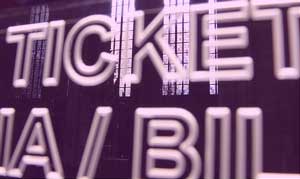




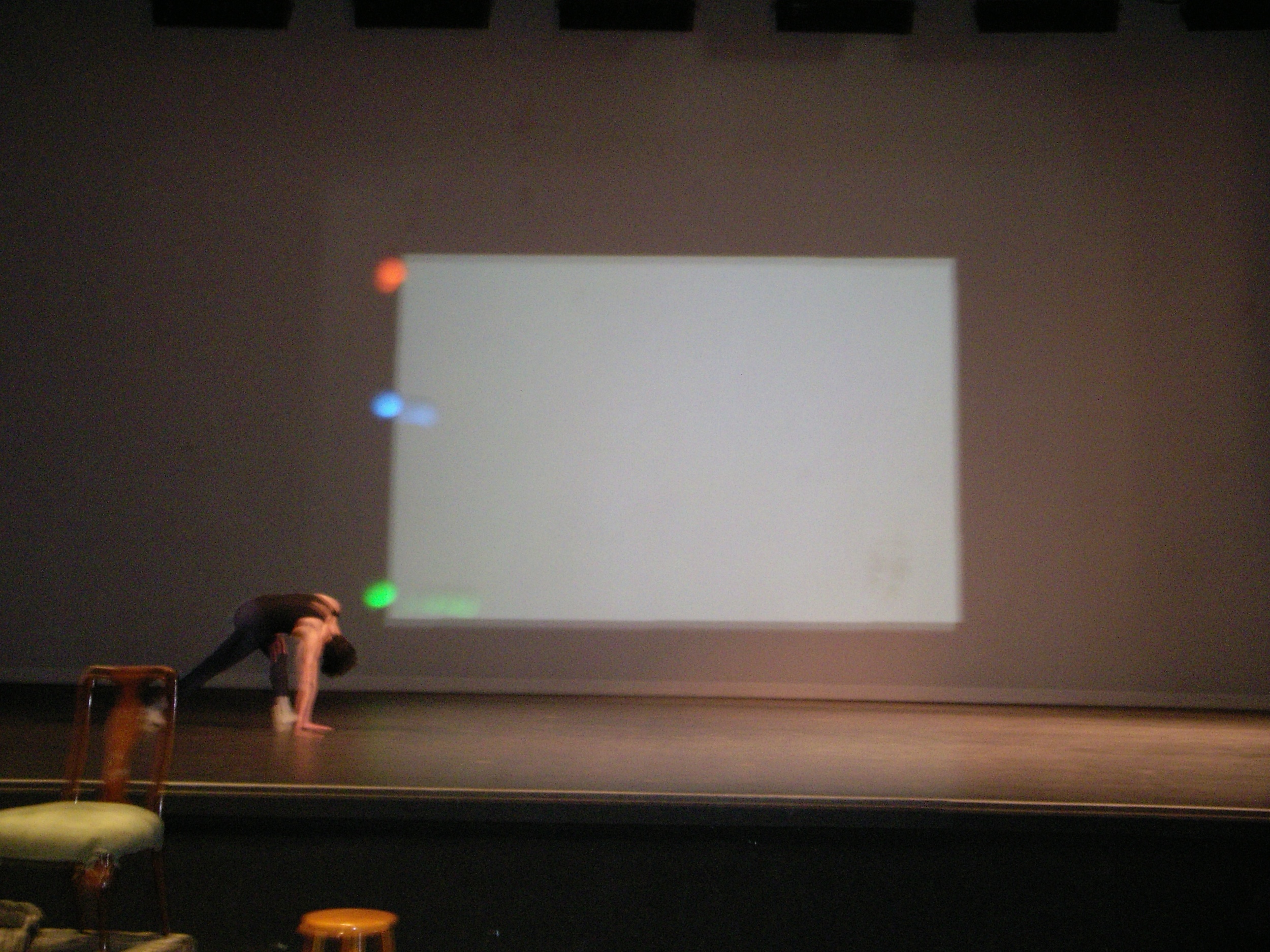
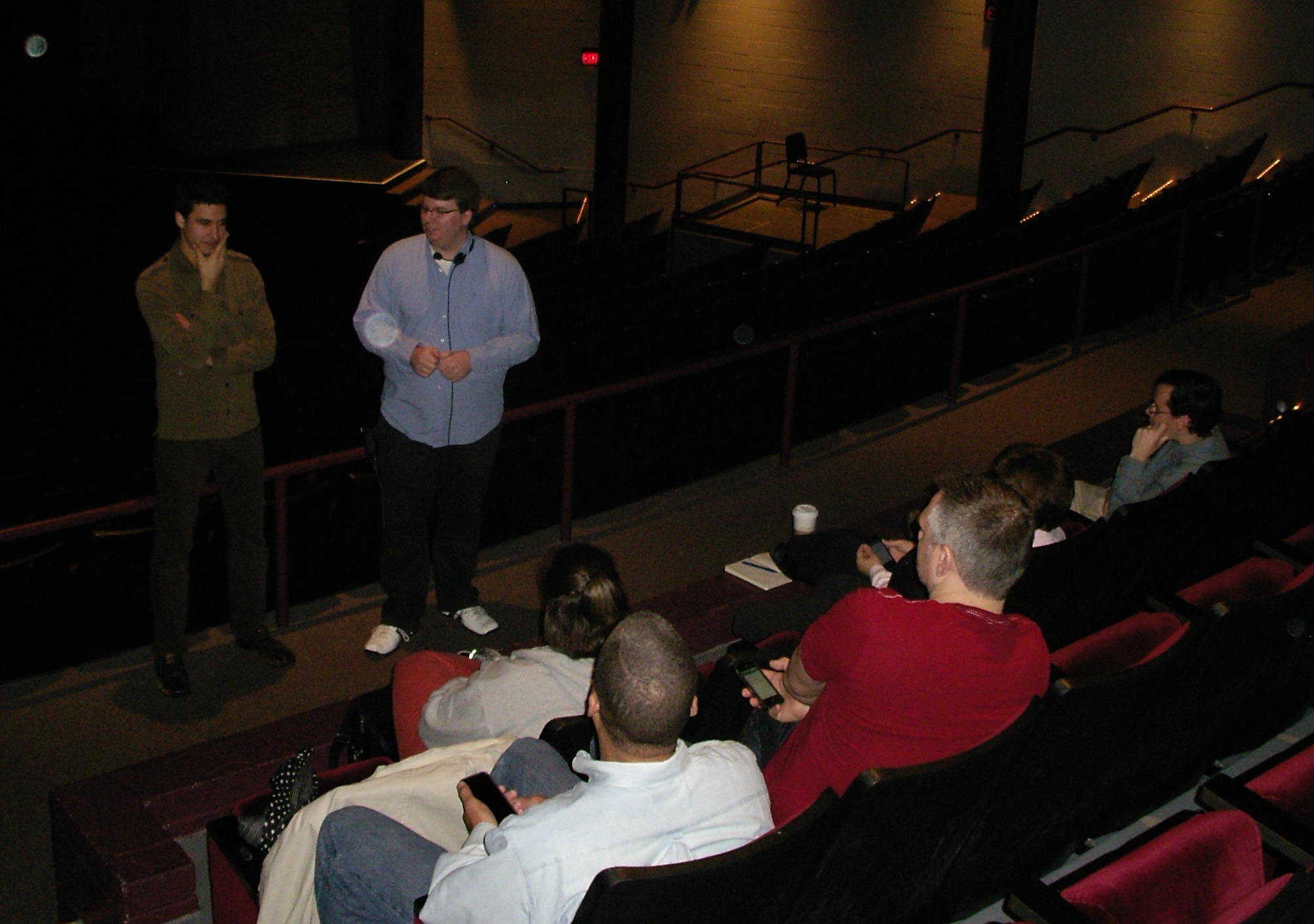














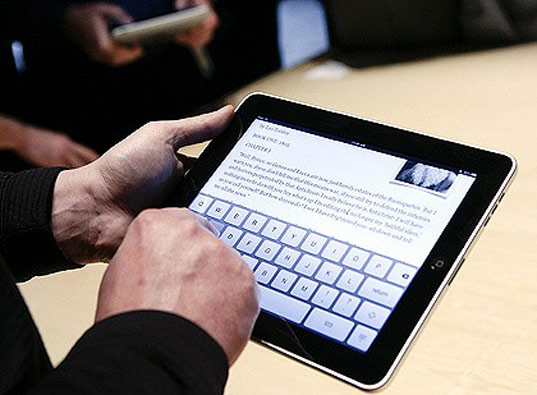 Mobilizing the Arts - Engaging Audiences Through the Mobile WebThursday, March 31, 2011
2:00pm - 3:30pm Eastern
Mobilizing the Arts - Engaging Audiences Through the Mobile WebThursday, March 31, 2011
2:00pm - 3:30pm Eastern


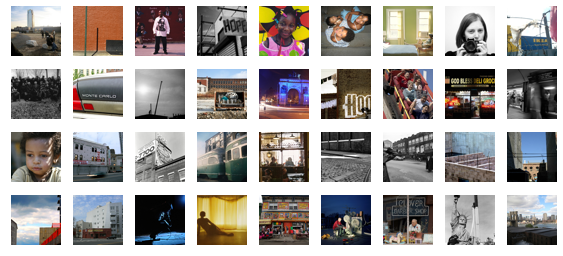
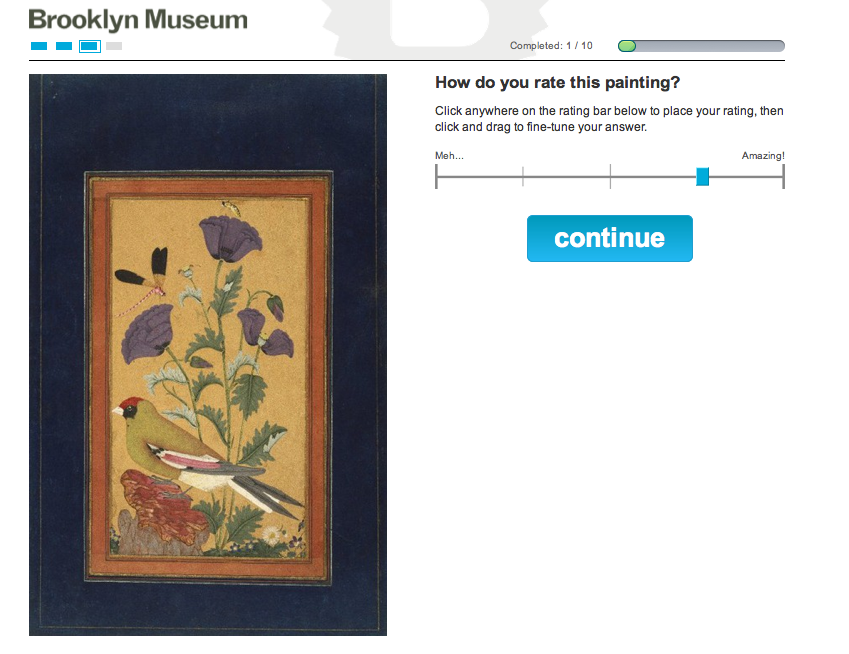
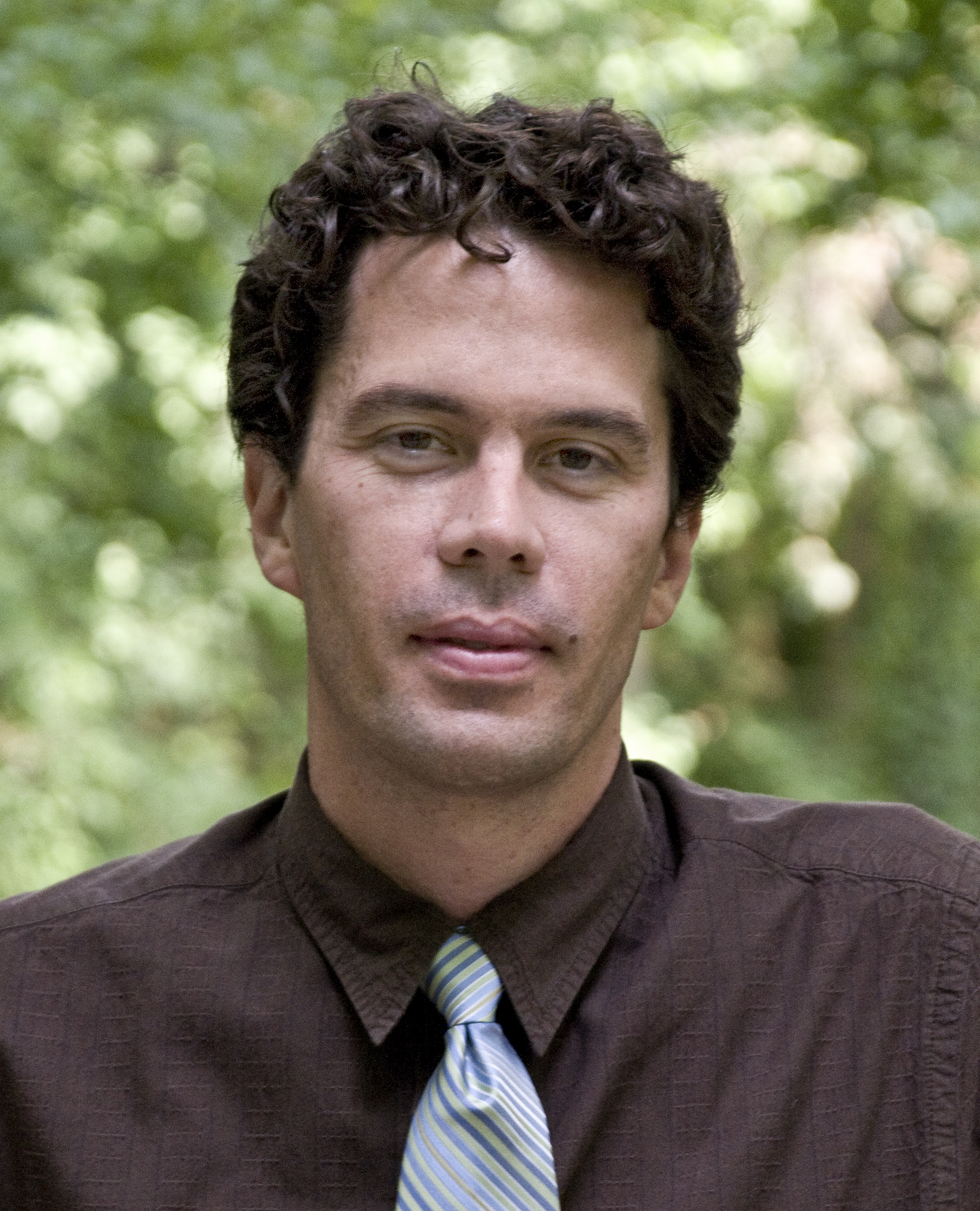 Making the arts a more participatory experience is an exciting idea being developed by many arts organizations across the globe. Visitors to some institutions can now digitally tag artwork with their own unique descriptions or add photos of themselves to a community Flickr pool. Taking the role of participation even further, some organizations are turning to
Making the arts a more participatory experience is an exciting idea being developed by many arts organizations across the globe. Visitors to some institutions can now digitally tag artwork with their own unique descriptions or add photos of themselves to a community Flickr pool. Taking the role of participation even further, some organizations are turning to 